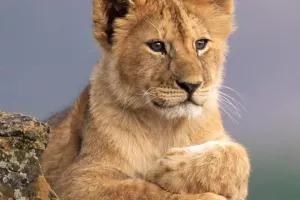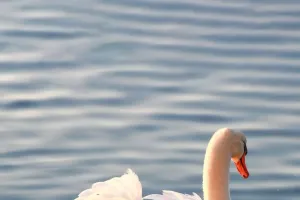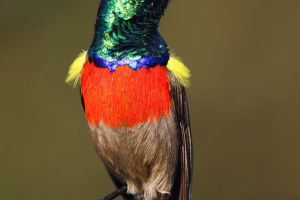We know that the energy provided by nature is not fixed. In most cases, the total energy in the unit area fluctuates with the season.
For example: in spring, the plants are dense and there are many creatures that can be provided; in winter, most plants are stopped from growing, so the total energy provided is limited, and the creatures that can be provided are limited.
The reason why the migration of creatures is closely related to the number of plants is that plants are at the bottom of the ecological chain.
Because most animals cannot perform photosynthesis, that is to say, they cannot directly obtain energy from the sun, and plants can, so they highly depend on the energy provided by plants.
In the tropical monsoon climate, animals on the African prairie can only follow seasonal changes. Because all things are withered in the dry season, the herbivores do not get enough food supply at all.
For this reason, they can only migrate. Of course, this is limited to the African prairie.
And carnivorous animals generally migrate less. Local carnivorous animals will hunt some small animals, or pick up the dead creatures on the way to migration.
The second is to reproduce. The mission of animals may be survival and reproduction, and reproduction is the driving force for their survival.
The large-scale migration of animals is to find a more suitable environment for breeding offspring to ensure the survival rate of offspring. Even if they sacrifice themselves, they do not hesitate. At least their population can continue.
Although this journey of migration is dangerous, it is of great significance for the entire group. The migration of animals is to find better water sources and food sources, so as to ensure that the group can survive and reproduce.
At the same time, in a dangerous migration journey, under the role of natural selection, a large number of groups eliminated the weak and left the strong.
The weak and old animals were eliminated, while the strong continued to survive. This allows the group to be young and healthy, thereby ensuring the breeding of the group.
Although each creature has different characteristics, in fact, the logic is similar, which is to survive and reproduce.
When the external environment threatens its own survival, creatures adjust their own way of survival, such as migration. If there is a strategy that can help the population better, even if they sacrifice their lives, they will not hesitate.
Finally, the impact of human activities on the environment is the most important reason.
The development of human beings has destroyed the original ecological environment and forced some marine animals to leave the original waters and carry out long-distance migration.
The pollutants generated by human production activities pollute the habitat of animals. The behavior of humans cutting trees destroyed the home of animals. Human poaching behaviors have continued to decrease the number of animals.
Therefore, all we can do is try not to disturb them. Under the premise of ensuring their survival and development, we will develop the construction of modern society appropriately.


